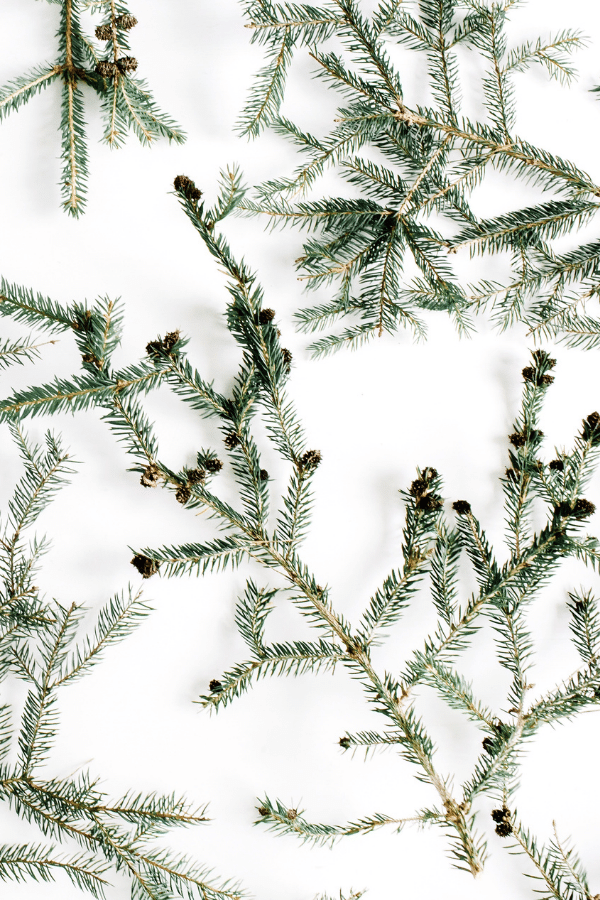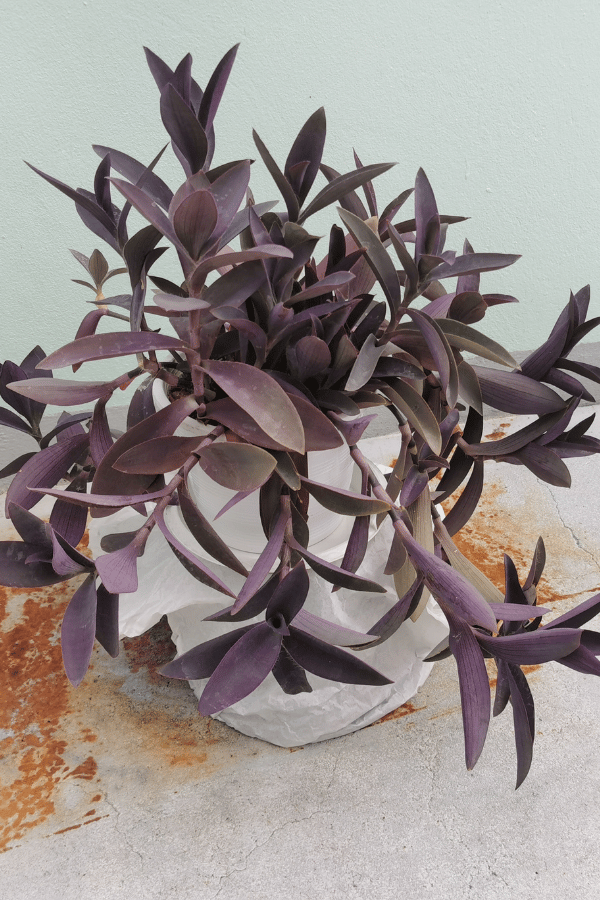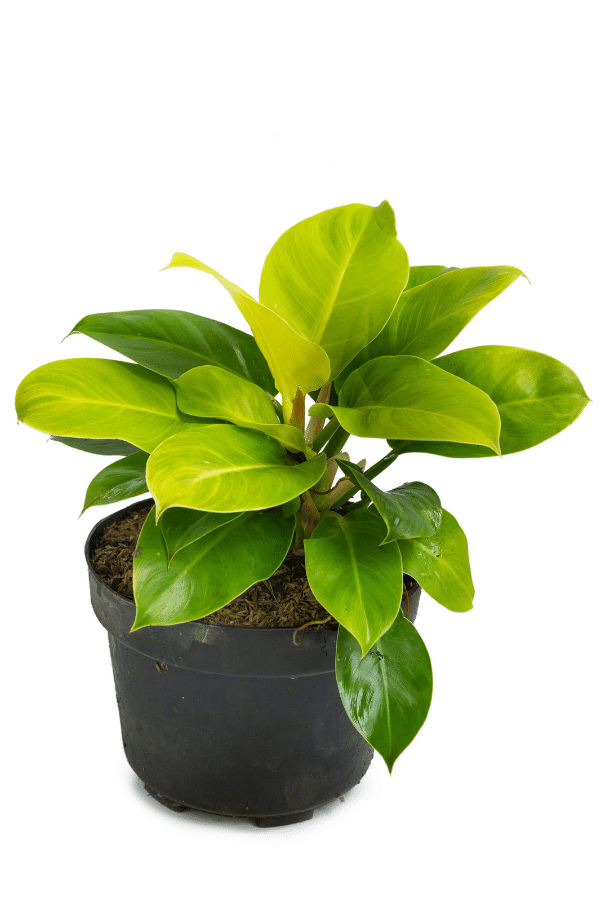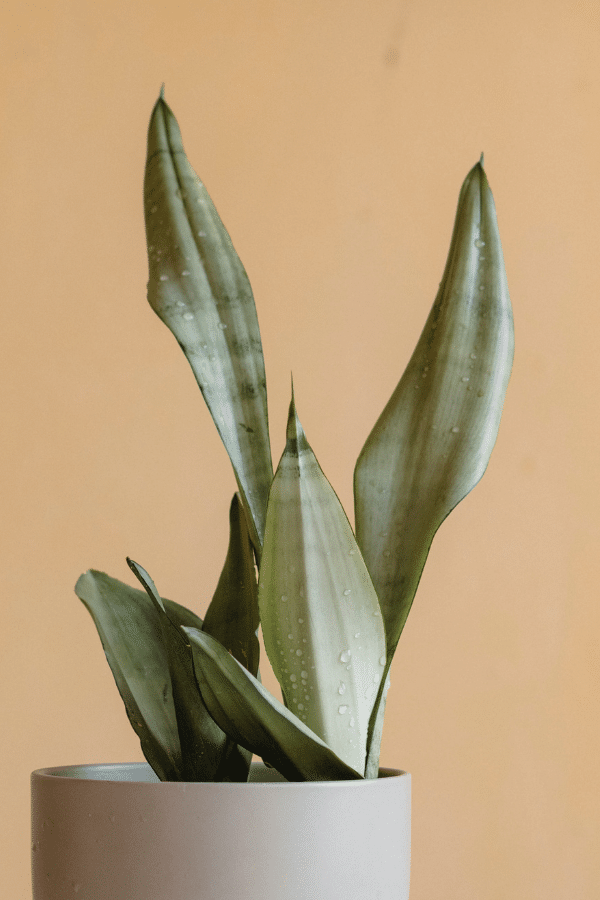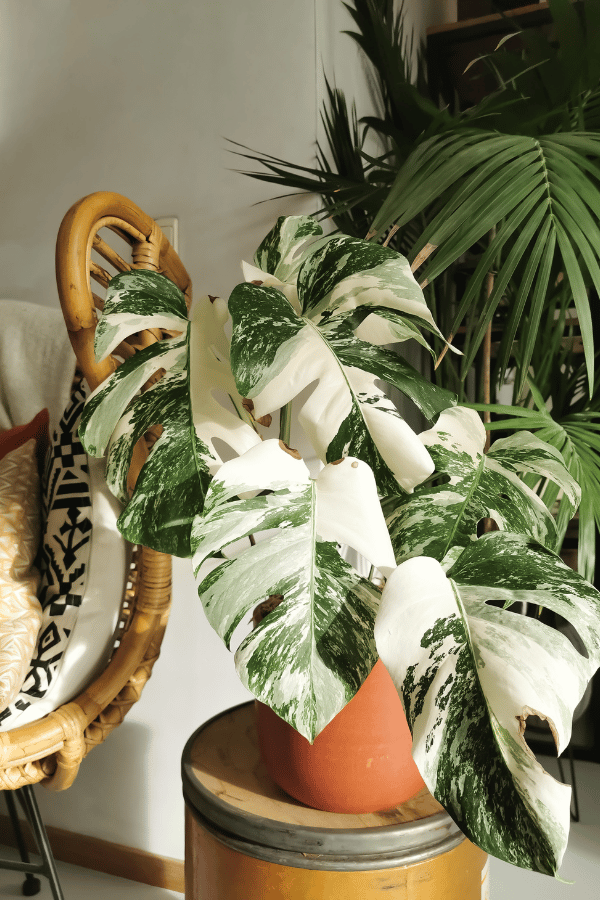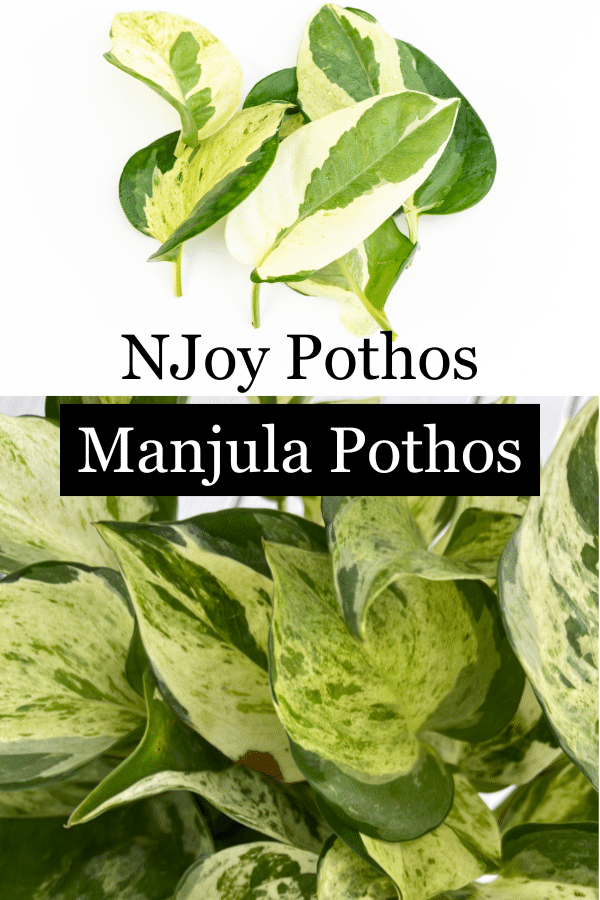Philodendron Splendid
Scientific Name: Philodendron Splendid
Common Name: Philodendron Melanochrysum x Verrucosum
Philodendron Splendid care is relatively easy if given enough bright light. If you like Philodendron Verrucosum and Philodendron Melanochrysum, this Philodendron Splendid, being a hybrid between the two, is the perfect plant for you!
To give this Philodendron plant the best care, it requires well-draining soil that is rich in nutrients, keep the soil moist by watering often, provide it with bright indirect sunlight, temperatures ranging from 55-80F, and average to high humidity levels.
Quick Care Overview
| Common Name | Philodendron Melanochrysum x Verrucosum |
| Scientific Name | Philodendron Splendid |
| Family | Araceae |
| Origin | South America |
| Growth Rate | Fast |
| Identification | Large glossy leaves that are like velvet and fuzzy |
| Height | Up to 6 feet tall |
| Soil | Well-draining soil |
| Water | Keep soil consistently moist |
| Temperature | 55-80F |
| Sunlight | Bright indirect sunlight |
| Toxic to Cats & Dogs | Yes |
| Toxic to Humans | Yes |
| Pests | Mealybugs, aphids |
| Diseases | Root rot |
Below we will dive deep into this Philodendron Splendid care guide.
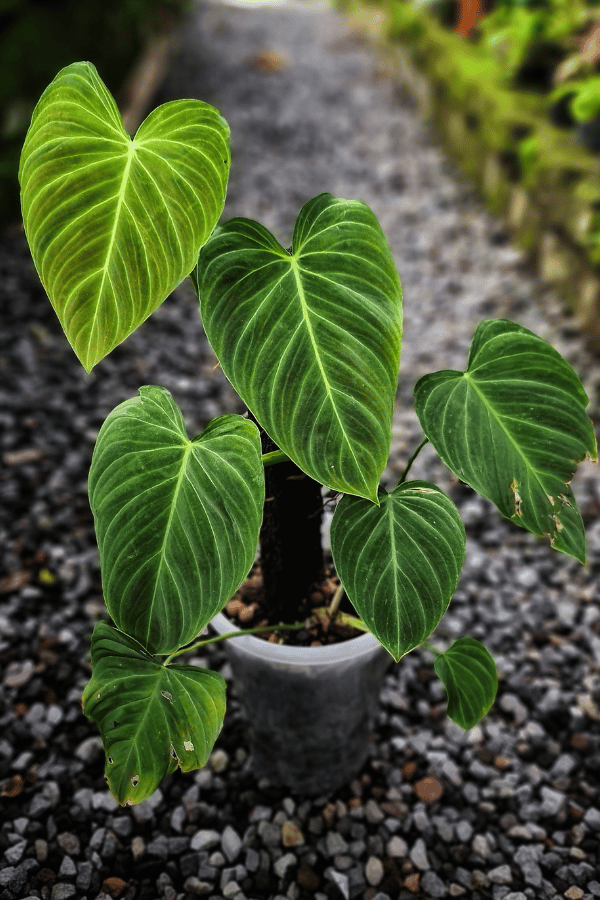
Philodendron Splendid History
First discovered in 1644 by German explorer Georg Macgraff, Philodendron Splendid, otherwise known as Philodendron Glorious, is a beautiful hybrid Philodendron native to the rainforests of South America and the West Indies. Philodendron Splendid even contains air purifying capabilities.
Philodendron Splendid Identification
Philodendron Splendid is a sizeable epiphytic climbing plant with heart-shaped, large, glossy leaves with a velvet-like fuzzy feel. Large leaves may grow up to 2 feet in length. The undersides of its foliage come in green and red colors.
Philodendron Splendid Growth Facts
This fast-growing tropical plant is relatively new to the market and will grow to a considerable size.
How Big Does a Philodendron Splendid Get?
Philodendron Splendid will grow up to 6 feet tall.
Philodendron Splendid Care
Philodendron Splendid will need considerable sunlight to flourish. It is also suggested that you provide this Philodendron with some support such as a moss pole to grow on.
Philodendron Splendid Soil
Philodendron Splendid prefers to be grown in a rich, well-draining soil. Prepare a commercial potting mix with incorporations of perlite or vermiculite to keep the soil loose and airy. Incorporations of compost will help add some extra fertility to the soil. It is also suggested to add a moss pole to this plant to keep it climbing upwards.
Philodendron Splendid Fertilizer
As this fast-growing plant produces large leaves, it requires a boost from a nitrogen-rich fertilizer to stay healthy. A monthly feeding from a liquid fertilizer high in nitrogen during the spring and summer months will do this plant well. An organic liquid seaweed fertilizer is a suitable choice. Ensure that you follow all label instructions and that you do not feed in the fall or winter. Overfertilization may lead to chemical salt buildups, leading to root burn and damage to your plant.
Philodendron Splendid Watering
When watering your Philodendron Splendid, you should ensure it remains consistently moist during the spring and summer but not soggy and oversaturated with water. As with other Philodendrons, you should not water this plant from the top of their leaves (which may encourage disease and pest issues), but water the soil directly. You should rewater your plant after the top two inches of soil has dried. Watering frequency may be reduced in the fall and winter.
Philodendron Splendid Light Requirements
Philodendron Splendid likes to be grown in bright indirect light, such as from a southern or eastern-facing window. However, too much direct sunlight may lead to leaf burning. Additionally, Philodendron Splendid will tolerate lower light levels. Still, too little light exposure may lead to leggy growth and smaller leaves.
Philodendron Splendid Temperature & Humidity
As a tropical plant, Philodendron Splendid will appreciate being kept in temperatures between 55 to 80 degrees Fahrenheit. Temperatures below 55 degrees Fahrenheit may lead to the death of the plant or, minimally, slowed growth. Conversely, too hot of temperatures may lead to lead discoloration. Additionally, while this Philodendron will tolerate average humidity levels, growth will be best if humidity levels are kept above 50-60%. Higher humidity levels will lead to more extensive, glossier foliage.
Repotting Philodendron Splendid
As Philodendron Splendid is a climber, it will not need to be repotted often like many other Philodendrons. However, every 3-4 years, or whenever your plant has overgrown its pot and roots are seen pushing out of the container, you should repot your Philodendron. Early spring is the best time for repotting. Select a container that is the next size up or two inches larger than the previous container.
Philodendron Splendid Maintenance & Pruning
Philodendron Splendid will not require heavy pruning. Periodically remove any diseased, discolored, or dead foliage using clean, sterilized shears.
Philodendron Splendid Propagation
Philodendron Splendid may be easily propagated by stem cuttings. To take a stem cutting, cut a piece of stem just below the leaf node and ensure that it has a few leaves. Dip the cut end of the stem into rooting hormone. Next, place your cutting into soil, water thoroughly, and cover the container with a plastic bag to trap in moisture. Place your plant in indirect light and ensure that it remains moist. Within two months your cutting should form roots. Remove the bag from the plant container after 3 weeks.

Philodendron Splendid Toxicity
Considered toxic, Philodendron Splendid should always be handled with care.
Toxicity to Humans
Philodendron Splendid is considered highly toxic to humans and should never be consumed.
Toxicity to Cats & Dogs
Philodendron Splendid is considered toxic to cats and dogs and should never be ingested. If you suspect your pet has consumed any portion of this plant, contact your veterinarian or animal poison control immediately.
Philodendron Splendid Problems
Philodendron Splendid Leaves Turning Yellow
Yellowing foliage is a common indicator that your Philodendron Splendid is receiving too much water.
Philodendron Splendid Leaves Turning Brown
When the foliage of your Philodendron turns brown, it is likely due to underwatering or too much direct sunlight.
Philodendron Splendid Diseases
While not particularly susceptible to any plant diseases, Philodendron Splendid may suffer from issues related to overwatering, such as root rot.
Philodendron Splendid Pests
Philodendron Splendid is particularly susceptible to pests such as mealybugs and aphids. Periodically check your plant for signs of infestation. If an infestation is spotted, isolate your plant, and treat it with insecticidal soap.

